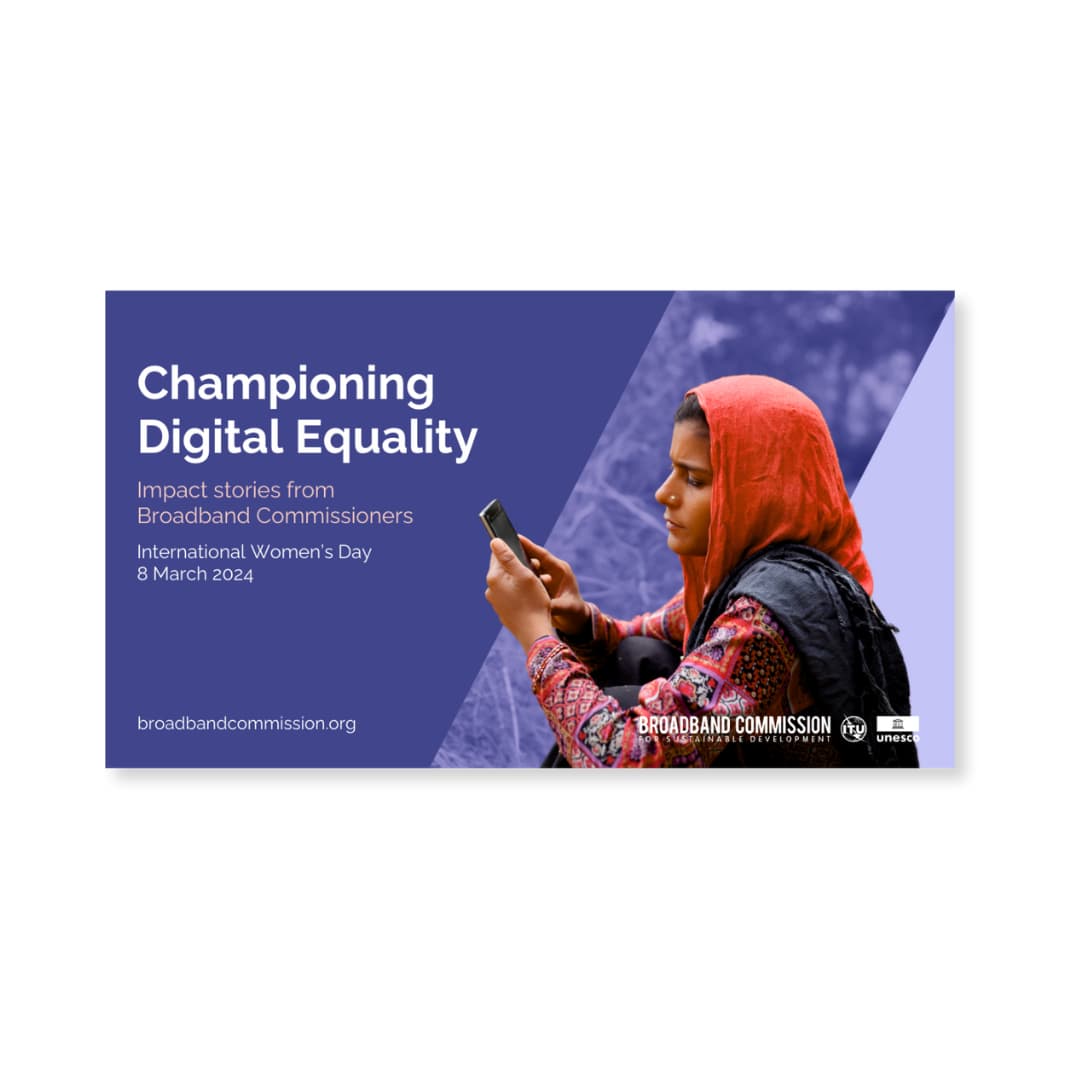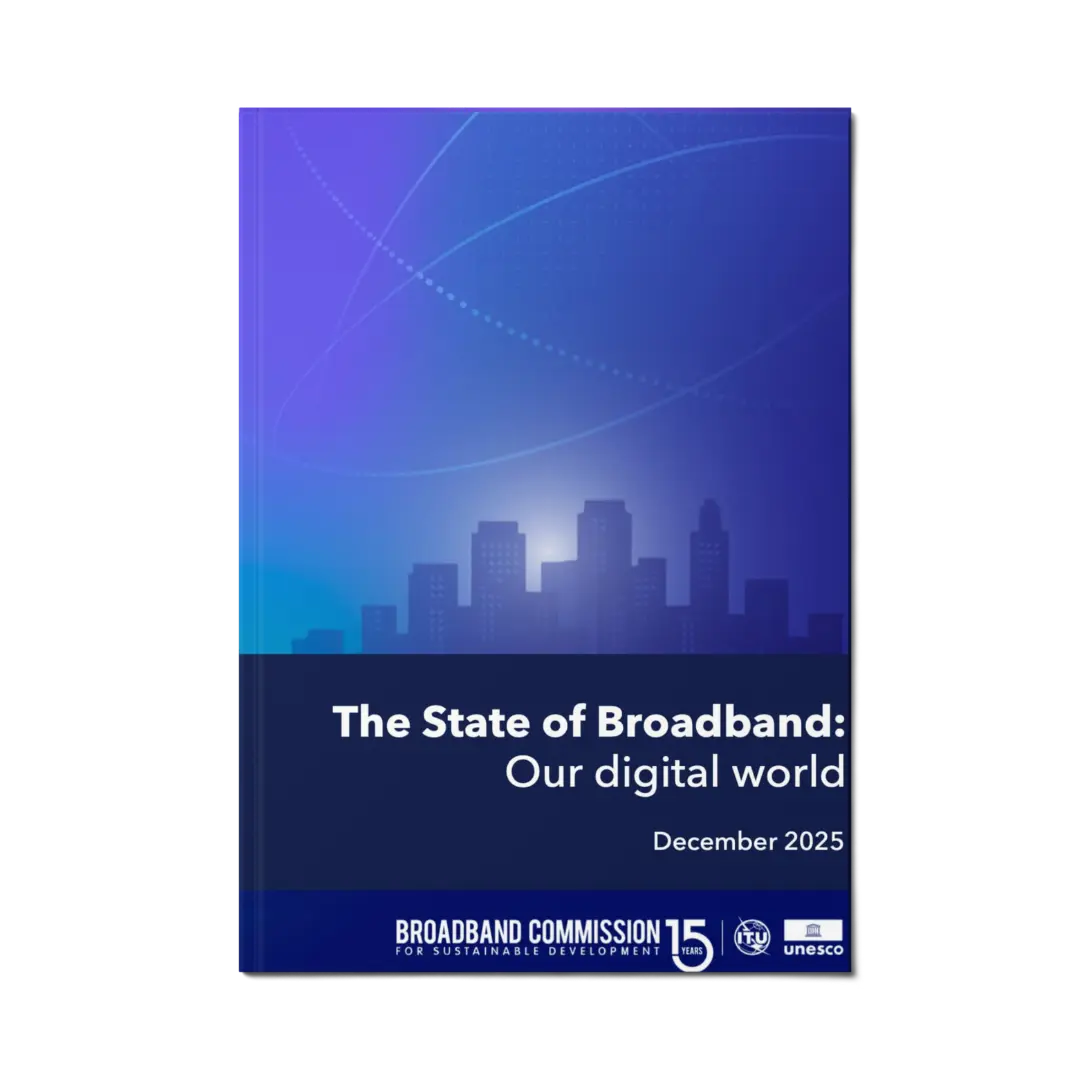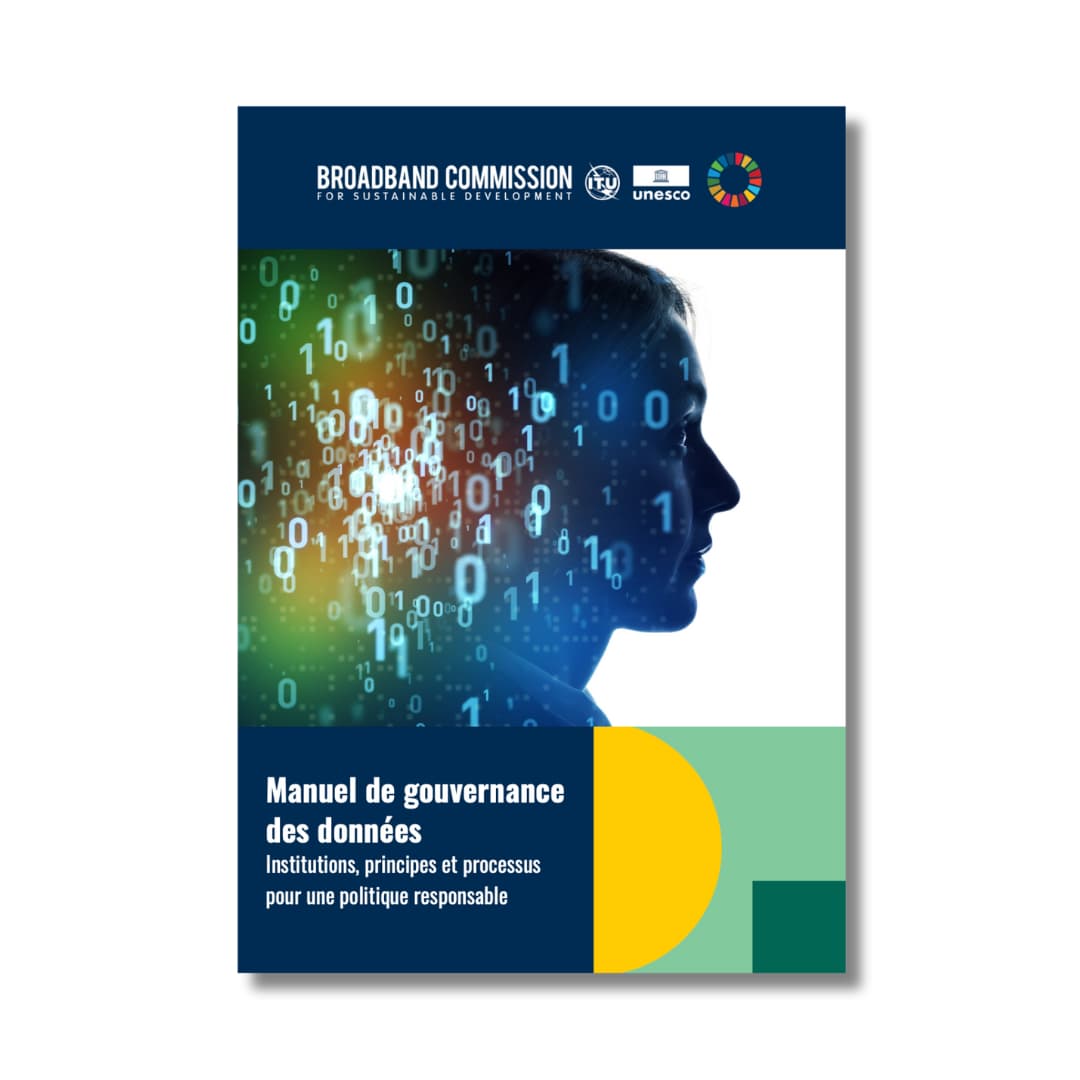Broadband Commissioners are Championing Digital Equality
Setting the stage
According to the latest ITU estimates, 70% of all men were using the Internet in 2023 compared to 65% of women. Gender parity increased from 0.90 in 2019 to 0.92 in 2023. Some regions and income groups have achieved gender parity in Internet usage, including some among high-income countries, SIDS, Latin America and the Caribbean, CIS countries, and Europe. However, despite increases in gender parity, women account for a disproportionate – and increasing – share of the global offline population. In fact, women now outnumber male non-Internet users by 17%, up from 11% in 2019.
Broadband Commission work on gender
The Broadband Commission has been advocating for inclusive universal connectivity through its seven 2025 Broadband Advocacy Targets. Specifically, Target 7 emphasizes that “gender equality should be achieved across all targets” by 2025. This entails eliminating gender disparities in broadband policy, affordability, online access, skills development, efinance, MSME connectivity, and more. By prioritizing gender equality within its advocacy efforts, the Commission aims to foster an environment where everyone can fully participate and benefit from the opportunities afforded by broadband connectivity.
Success stories and strategies from Broadband Commissioners
This year the Broadband Commission has compiled impact stories from its members on their impressive work to narrow the gender digital divide. Dive into our 2024 International Impact Story Compilation to see stories from International Telecommunication Union, UN Women, MTN, Communications, Space & Technology Commission (CST), Smart Africa, International Trade Centre, GSMA, América Móvil, FAO, Ghana and Verizon!
Read the stories here.





